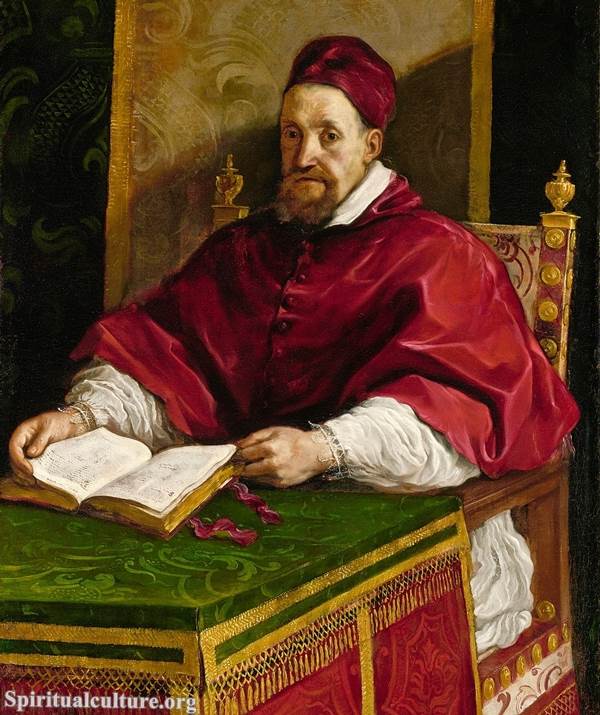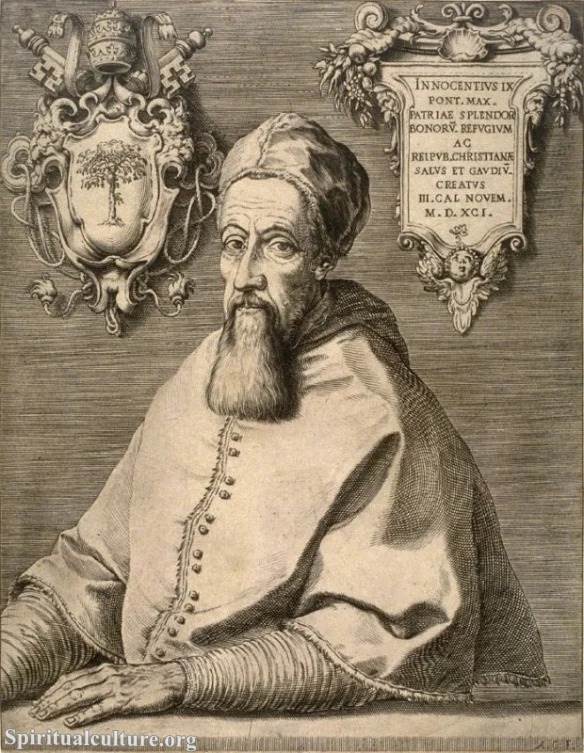In every human soul, there is a longing to understand — to find words for the mysteries that shape our lives and to anchor our restless hearts in something enduring. This longing is especially powerful when it comes to faith: What do we truly believe? How do we live it out? How can we pass it on with integrity and love?
As “Spiritual Culture,” we invite you to journey into the heart of Catholic tradition through one of its most essential treasures: the Catechism. This article will explore the Catechism’s role in Catholic formation, not merely as a book of rules, but as a living map guiding believers toward deeper relationship with God, authentic community, and a life infused with grace.
Let us unfold this sacred text as a companion on the pilgrimage of faith — illuminating the mind, forming the heart, and empowering the hands to serve.
The Catechism: A Sacred Summary of Faith
The Catechism of the Catholic Church (CCC) is more than a reference book; it is a synthesis of the Church’s teachings, woven together to help believers understand and embrace the faith in its fullness. First published in 1992, the modern Catechism builds upon centuries of catechetical tradition dating back to the early Church.
A Universal Teaching Tool
While local catechisms existed for centuries (such as the Roman Catechism from the 16th century), the 1992 Catechism was intended as a universal resource for the entire Catholic world. It draws on Scripture, the Church Fathers, councils, and the lives of the saints, providing a comprehensive and accessible presentation of faith.
Four Pillars of the Catechism
The Catechism is structured around four major parts:
- The Profession of Faith (the Creed): What Catholics believe.
- The Celebration of the Christian Mystery (the Sacraments): How Catholics worship and receive grace.
- Life in Christ (the Commandments and moral life): How Catholics live.
- Christian Prayer (especially the Our Father): How Catholics enter into communion with God.
These pillars are not rigid walls but living streams that nourish and shape the believer.
Forming the Mind: Intellectual Foundations
Knowing the “Why” Behind the “What”
Many Catholics know what they believe but struggle with why. The Catechism offers answers to the deeper questions of meaning, revealing how doctrines are not arbitrary rules but expressions of divine love and wisdom.
Uniting Faith and Reason
As St. John Paul II beautifully wrote in Fides et Ratio: “Faith and reason are like two wings on which the human spirit rises to the contemplation of truth.” The Catechism embodies this harmony, inviting Catholics to use their intellect as a pathway to God, rather than an obstacle.
Forming the Heart: Nurturing Virtue and Love
Beyond Knowledge to Transformation
Christian formation is not just about information but transformation. The Catechism invites believers to internalize teachings so they shape desires, habits, and relationships.
Cultivating a Christ-like Heart
By exploring topics like the Beatitudes, virtues, and moral life, the Catechism encourages believers to imitate Christ’s compassion, humility, and love for all — especially the marginalized.
Forming the Hands: Living Faith in Action
From Doctrine to Daily Life
The Catechism doesn’t remain on a bookshelf; it calls believers to embody their faith in concrete acts of charity, justice, and service. Whether in family life, professional work, or community service, it insists that faith must be alive.
Social Teaching and Justice
In its treatment of the commandments and moral principles, the Catechism addresses social sin and structures of injustice, urging Catholics to work for peace, protect human dignity, and care for creation — echoing the call of Pope Francis’s Laudato Si’.
Passing on the Faith: Catechesis as a Living Tradition
The Heartbeat of Catholic Education
From Sunday schools to RCIA programs (Rite of Christian Initiation of Adults), the Catechism provides a backbone for teaching the faith. It offers clarity and consistency amid a rapidly changing world.
Parents as Primary Catechists
The Catechism highlights parents as the first and foremost teachers of faith. Through daily example, shared prayer, and gentle guidance, parents help cultivate an environment where faith can flourish naturally.
The Catechism and Sacred Scripture
Deeply Scriptural Roots
The Catechism constantly references the Bible, rooting every doctrine and moral teaching in the living Word of God. This deep connection guards against legalism and keeps Catholic faith vibrantly biblical.
Illuminating Difficult Teachings
Complex or controversial doctrines become clearer when seen in scriptural light. For example, the Church’s stance on social justice or moral ethics finds its foundation in Christ’s call to love and serve others.
The Catechism and Prayer
Prayer as the Lifeblood
The final section of the Catechism focuses on prayer, culminating in a beautiful meditation on the Our Father. It recognizes that formation is incomplete without deep, personal relationship with God.
Encouraging a Life of Contemplation
Through explanations of different forms of prayer — adoration, petition, intercession, thanksgiving, and praise — the Catechism encourages every Catholic to develop an interior life, not just external observance.
Addressing Modern Challenges
Responding to Confusion
In a world of moral relativism and spiritual confusion, the Catechism offers a clear compass. It provides an anchor for those struggling to navigate competing voices and philosophies.
Building Bridges, Not Barriers
Though firm in truth, the Catechism also invites dialogue and understanding. It does not seek to condemn, but to guide all people toward the fullness of truth in love.
Sacred Texts Illuminating Formation
“Go therefore and make disciples of all nations… teaching them to observe all that I have commanded you.” — Matthew 28:19–20
Christ’s Great Commission forms the heartbeat of catechesis. The Catechism is an echo of this call, offering the tools to teach, form, and accompany each soul toward divine intimacy.
“All Scripture is inspired by God and profitable for teaching, for reproof, for correction, and for training in righteousness.” — 2 Timothy 3:16
These words of Paul highlight the essential link between Scripture and the Catechism: both aim to form disciples in mind, heart, and deed.
Living Faith as a Journey
Faith formation is not a single event but a lifelong pilgrimage. The Catechism, then, is less a static manual and more a companion on this road — inviting us to revisit, reflect, and renew continually.
As society evolves, so too do the questions that believers bring. The Catechism provides not rigid answers, but living invitations to explore God’s inexhaustible mystery with courage and joy.
Reflect and Reimagine
The Catechism stands as a luminous guide — shaping Catholic minds to think with the Church, hearts to beat with Christ’s compassion, and hands to serve with divine love. It is a treasure not merely to be read, but to be lived, woven into the very fabric of daily life.
Whether you are a lifelong Catholic, a seeker, or someone rediscovering faith, may the Catechism be for you a source of clarity, courage, and consolation. Let it encourage you to enter deeper into prayer, to love more generously, and to build a life that radiates the beauty and truth of the Gospel.
As “Spiritual Culture,” we gently invite you: Take up the Catechism not as a rulebook, but as a sacred conversation with God — a doorway into the mystery that your soul has always longed to know.



